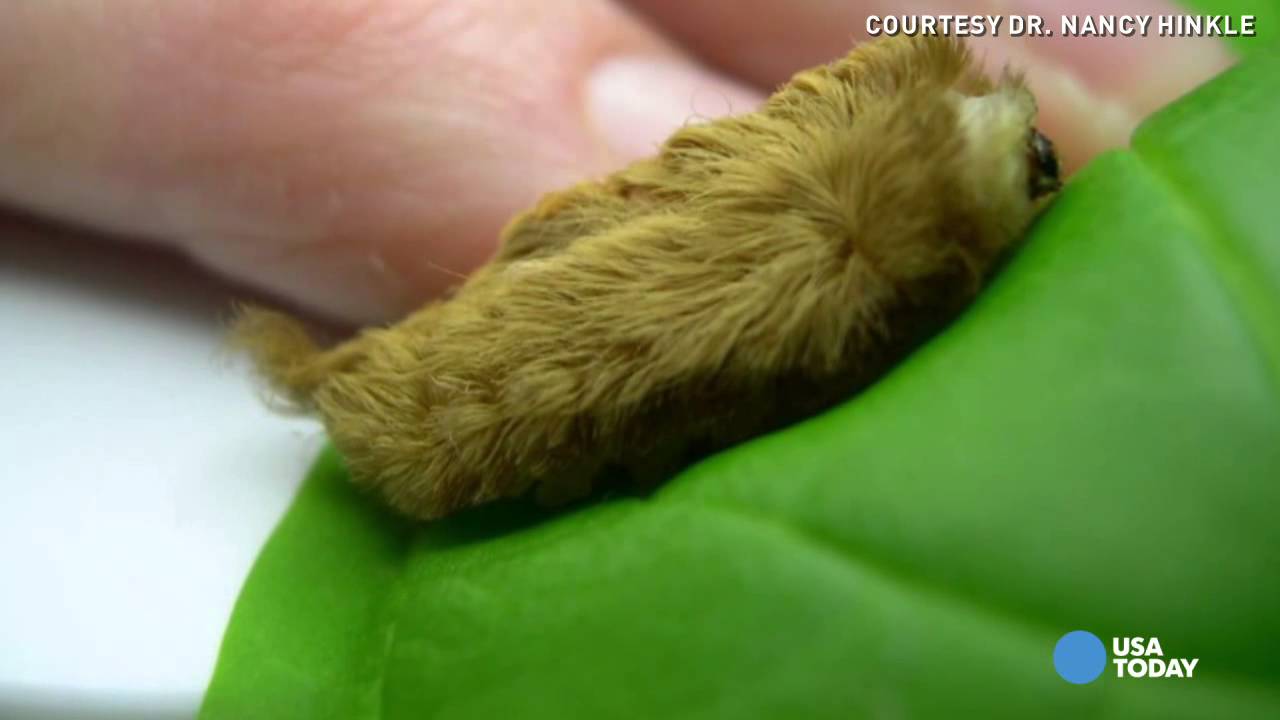Its sting is comparable to that of a jellyfish. The venomous puss caterpillar usually stays high in the trees. But this year they’re showing up far away from their usual habitat of the South East, and people’s curiosity is being punished with painful stings.
The puss bug is also known as southern flannel moth in its adult form, and puss caterpillar, asp, Italian asp, woolly slug, opossum bug, puss moth, or asp caterpillar for its larval form.
The caterpillar is regarded as a dangerous insect because of its venomous spines. Exposure to the caterpillar’s fur-like spines will lead to an immediate skin irritation. And not just a tickle, the pain has been described by patients as similar to a broken bone or blunt force trauma. The reactions are sometimes localized to the affected area but are often very severe, radiating up a limb and causing burning, swelling, nausea, headache, abdominal distress, rashes, blisters, and sometimes chest pain, numbness, or difficulty breathing. Additionally, it is not unusual to find sweating from the welts or hives at the site of the sting.
Medical advice should be sought for children. It is best if the venom from the spines is treated within hours of first contact. For first aid, it is recommended that the spines (if present) be removed by using Scotch tape.
If you can’t get to a doctor try applying an ice pack, taking an oral antihistamine like Benadryl, applying a baking soda paste, or using hydrocortisone cream. If you have access to it, it’s said that juice from the stems of comfrey plants will comfort the sting. And of course, that old stalwart of the medicine cabinet, calamine lotion is said to work on these vicious stings.
